American Automobile workers strike, economy in tatters
A US government shutdown has narrowly been averted yet there's a strong possibility that lawmakers will find themselves battling it out once again in 45 days when the deadline is reached.
However, what the US government spends its money on has been overlooked, which ironically, should be the focus.
If there had been a shutdown, soldiers would not get paid nor would the bottom half of the social strata, especially individual receiving government assistance and social services.
The government has averted a shutdown but what about the state of the economy?
The automobile workers strike has been making headlines in the US having expanded for the first time ever to include the Detroit three.
The Union and the automakers remain far apart on key economic issues like pay.
We're not here to grab headlines. You know, this isn't fun to us. We're not out here just for the heck of it.
We're out here because GM and the three companies screwed around for over seven weeks and didn't get into bargaining with us.
Shawn Fain, UAW President
You guys, UAW you saved the automobile industry back in 2008. A lot of sacrifices.
US President, Joe Biden
But the automakers did not reciprocate. Since 2013 they have raked in $250 billion in profits. That's $1.7 million that they made off each worker.
Meanwhile, the CEOs salaries are outrageous.
Ford CEO, Jim Farley, earns a modest $21 million per year; Stellantis CEO, Carlos Tavares, $25 billion per year, and, General Motors CEO, Mary Barra, who said she was extremely frustrated and disappointed by the strike, makes $29 million per year.
One striking worker summed it up perfectly: "I think people all around the country here are just getting fed up with corporations not sharing or including them into [sic] the profits or acknowledging our hard work that we put into the company".
Between 1979 and 2022 the inflation adjusted annual wages of the top 1% of workers rose by 145% while the average annual wages of the bottom 90% rose by only 16%.
In the US, while the number of strikes is relatively unchanged, the number of striking workers has surpassed previous years.
Some 362,000 workers have gone on strike so far in 2023 compared with 36,600 over the same period two years ago.
Job security should be a concern for Americans. Corporate bankruptcies have soared to a 13 year high. The strikers, like many other Americans, complain that the wages have not kept up with inflation.
The official inflation rate in the US for 2023 stood at 3% with a pay increase to have been 5% outstripping inflation.
But that does not match what the average American is facing when it comes to things like groceries, energy, transportation, travel, and dining.
Although inflation has decreased in 2023, it is not 5% as the US government has announced across the board. Perhaps that is why the US is experiencing an increase in poverty, which in 2022 was 12.4%, which constitutes an increase of 4.6 percentage points from 2021.
And in terms of food assistance, another shocking figure, 41.2 million Americans, which is equivalent to 12.5% of the total US population, received monthly SNAP benefits in the fiscal year, 2022.
The US makes about $6.3 trillion in income and, believe it or not, spends half of that amounts on entitlement programs, such as food assistance and benefits. This does not sound like a very healthy economy.
Palestinian Ambassador’s residence in Tehran attacked amid terror wave
Syria's HTS regime agrees to truce with SDF after its troops advance
EU mulls over $100bn in US retaliatory tariffs over Greenland
VIDEO | Trump's presence sparks major protests at Davos Forum
President Pezeshkian vows historical Iran-Iraq relations will remain stable
VIDEO | Slamming foreign-backed terrorism in Iran
Iran’s iron and steel exports up 27% y/y in Apr-Dec
Sudan is scene of 'horror and hell': UN rights chief



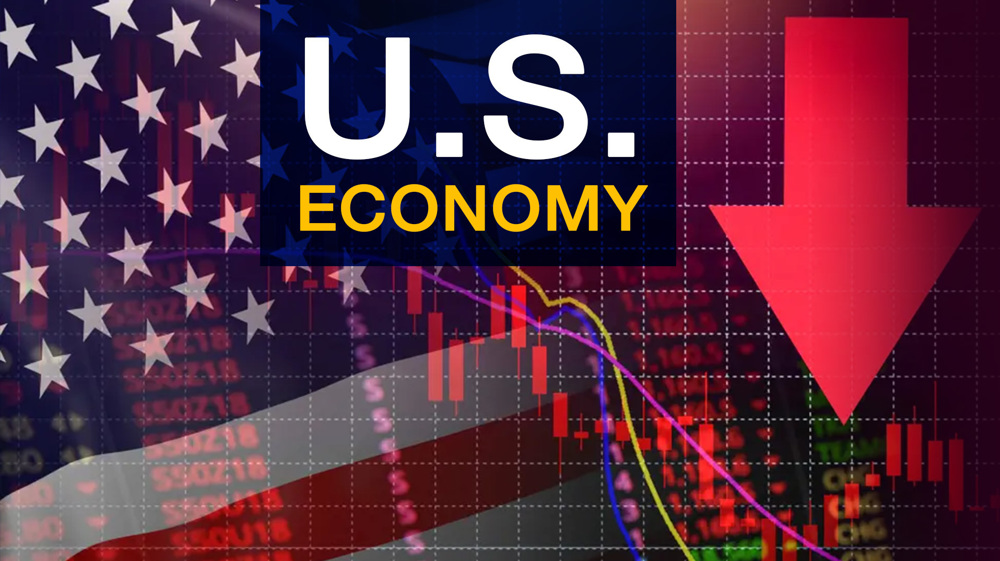


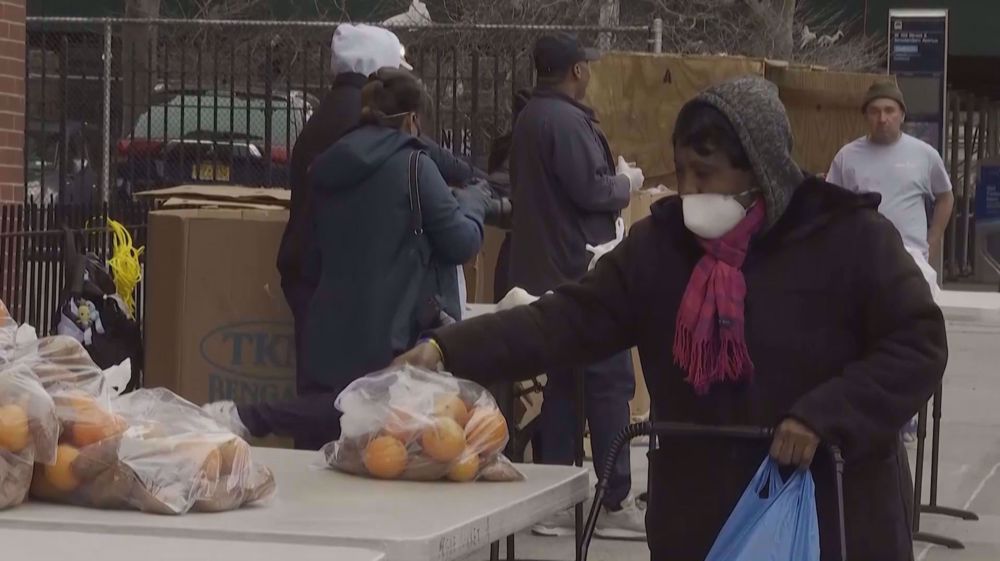
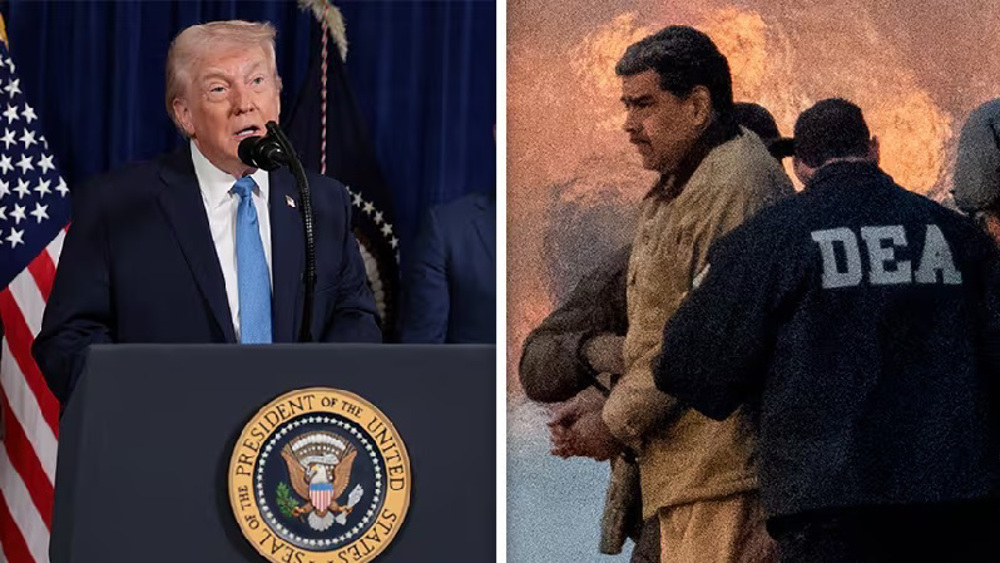

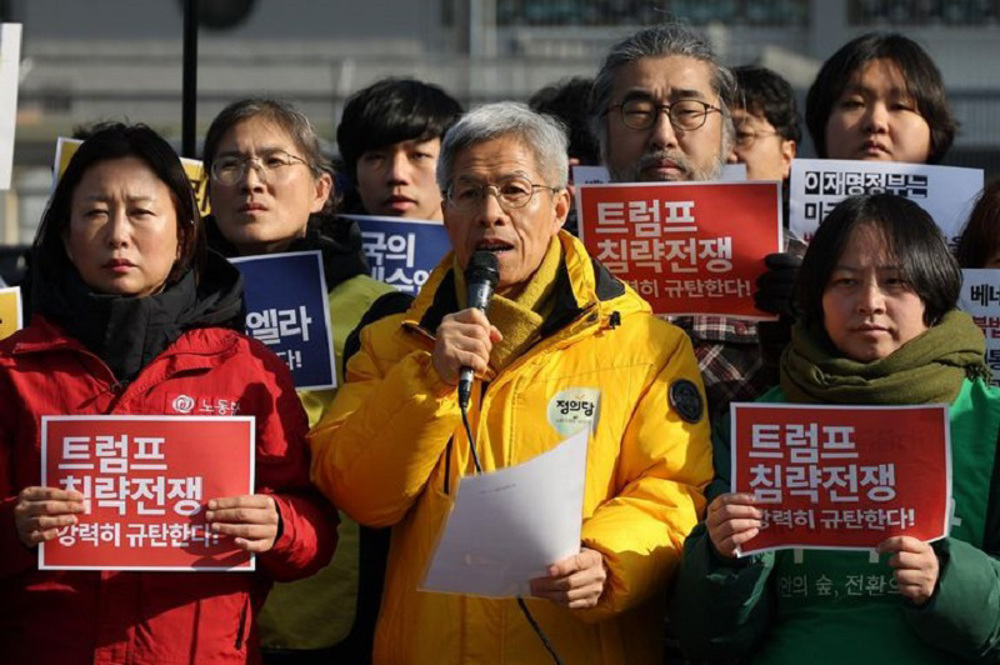








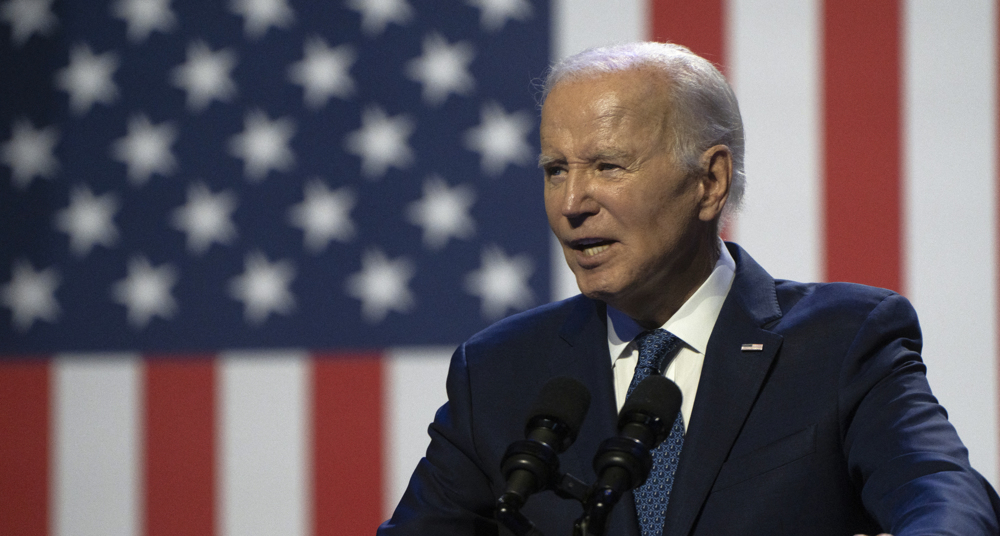

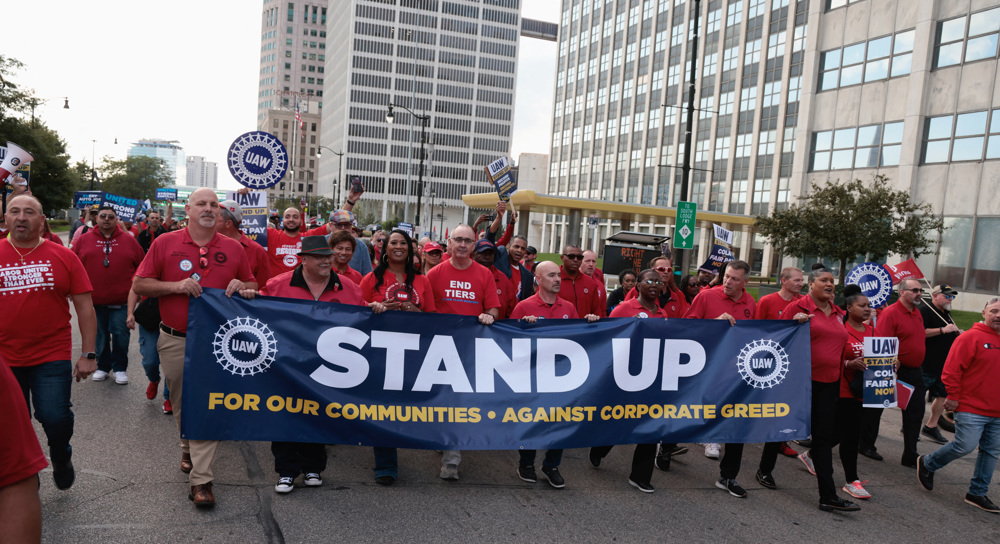

 This makes it easy to access the Press TV website
This makes it easy to access the Press TV website